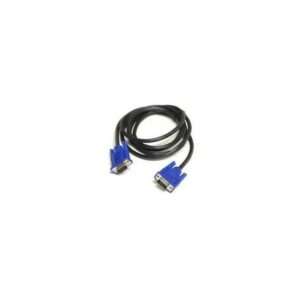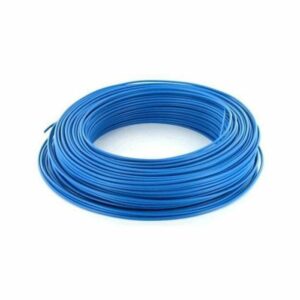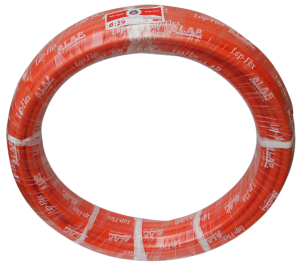Ensuring electrical safety in any dwelling is paramount for the well-being of its inhabitants. As technology evolves and the demand for power increases, outdated systems may struggle to keep up with modern requirements. This can lead to complications that could affect not only the performance of the home but also the safety of its electrical system.
One key aspect of home improvement involves recognizing the signs that indicate a circuit breaker panel upgrade is necessary. Homeowners should be vigilant in monitoring their electrical setup, understanding that older configurations may pose potential hazards. Inadequate capacity or malfunctioning components can lead to serious issues such as electrical fires or frequent outages.
Investing in a more efficient power distribution system not only enhances overall functionality but also supports the increasing energy needs of today’s households. Transitioning to a more modern setup not only complies with current safety standards but also provides peace of mind for families seeking to create a secure living environment.
Identifying Signs of Wear and Tear
Recognizing the early indications of deterioration in your electrical system is crucial for maintaining electrical safety. One of the primary components to watch for is the circuit breaker panel. If you notice frequent tripping or breakers that feel warm to the touch, this could signal underlying issues.
Another red flag is the presence of outdated wiring. If your home boasts aluminum wiring or cloth-insulated cables, these materials can pose greater hazards than modern alternatives. Signs of fraying, discoloration, or a burning smell are serious indicators that immediate action is necessary.
Upgrading to a more modern fuse box upgrade can greatly enhance the reliability of your electrical system. If you have not assessed your setup in years, it may be time to explore newer options that provide enhanced safety features and accommodate the demands of today’s appliances. For more information, visit https://hyetechcctv.com.
Understanding Electrical Load Requirements
When evaluating the necessity for a fuse box upgrade, it’s crucial to comprehend the electrical load demands of your residence. Each home has specific energy needs, influenced by the number of appliances and devices in use. An outdated wiring system may struggle to support modern energy consumption levels, leading to hazardous situations.
To ensure electrical safety, assess the current capacity of your system against the total power load. The circuit breaker panel should be equipped to manage all connected circuits efficiently. If the total wattage exceeds the panel’s rating, it is a clear indication that an upgrade is necessary to accommodate appliances like HVAC systems, kitchen equipment, and entertainment centers.
Furthermore, a detailed understanding of your electrical load can help in planning for future expansion. As energy usage trends shift, evaluating your requirements periodically will aid in preventing potential hazards associated with an overstrained system. Investing in a properly rated circuit breaker panel not only promotes safety but also enhances the overall efficiency of your electrical infrastructure.
Evaluating Safety Standards and Code Compliance
Modern safety regulations are crucial in maintaining an efficient electrical system within a residence. Homeowners must assess whether their current electrical setup meets contemporary safety standards and code compliance, particularly if it involves outdated wiring or traditional circuit configurations.
- Check local building codes to determine the minimum safety requirements for electrical systems.
- Consult a licensed electrician to evaluate if the existing circuit breaker panel adheres to current regulations.
- Investigate any historical modifications made to your electrical system that may not be up to current standards.
- Understand that safety codes are periodically updated; hence, even functioning systems might require a comprehensive review.
A fuse box upgrade not only addresses safety concerns but also enhances the overall functionality of the home. Improving energy efficiency is a key factor that arises when outdated safety measures are re-evaluated.
Prioritizing safety standards is essential for ensuring that your electrical system can effectively handle the demands of modern appliances and home improvement projects.
Determining the Cost of Replacement vs. Repair
When evaluating the transition from a traditional fuse system to a modern circuit breaker panel, it’s essential to consider both the costs involved and the long-term benefits. Repairing an existing unit may appear to be a more affordable short-term solution, yet it often lacks the reliability and efficiency that comes with a home improvement upgrade.
Understanding the expenses related to repairs can help homeowners gauge whether the temporary fix will suffice or if investing in a new installation would ultimately provide greater value. Additionally, keep in mind that frequent repairs may indicate underlying issues that could compromise electrical safety.
The costs associated with upgrading can vary significantly based on factors such as the size of the home, electrical load requirements, and labor rates in the area. Although the initial investment for a circuit breaker panel may be higher, it can result in lower maintenance costs and improved safety standards over time. Additionally, modern systems are designed to handle increased electronic equipment, making them a wise choice for households seeking efficiency.
Ultimately, weighing the potential savings from repair against the benefits of a complete system overhaul requires a comprehensive understanding of both solutions’ overall impacts on long-term electrical safety and compliance with updated codes.

 Cable VGA - 1,5m
Cable VGA - 1,5m  Cable H07VU 1.5 MM
Cable H07VU 1.5 MM  Rouleau Tube orange 29 LAP
Rouleau Tube orange 29 LAP